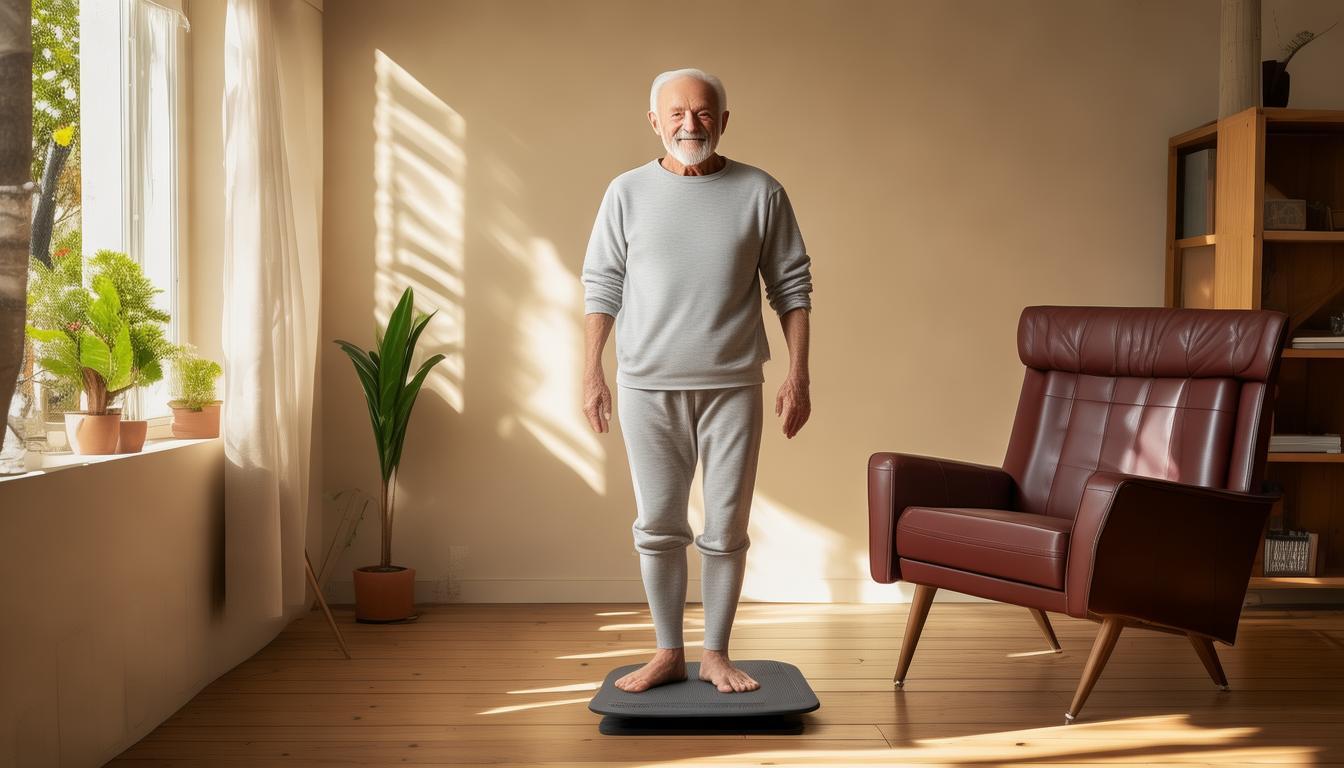Tai chi offers multiple benefits for those with arthritis. It helps in enhancing physical function while easing pain, and even has positive effects on patients' mental well – being.
Gentle Movement
The slow and targeted movements in tai chi are specifically designed to gently stretch and strengthen the affected joints. Take knee arthritis for example. The continuous circular motions and weight – shifting movements imitate daily activities t ai chi for arthritis , which is much more inclusive than high – impact exercises. Patients can perform these movements step – by – step, gradually improving joint flexibility Without training.
Practicing gentle tai chi movements also encourages better blood circulation. The slow flow of blood reaches the damaged joints, bringing in essential nutrients for repair and reducing inflammation. This improved blood flow is cruel for patients where joint health has been compromised by arthritis.
Strength Building
Although its slow pace,tai chi effectively builds muscle strength around the affected joints. With arthritis Tai Chi Online , joint support is often weakened, and the surrounding muscles may atrophy. Tai chi focuses on engaging those underused muscles, through poses like the "Cloud Hands", where the continuous movement works the arm and shoulder muscles.

When the muscles around the joints are stronger, they can bear more of the body's weight, relieving pressure from the artistic joints. This results in less pain during daily activities. For instance, a person with hip arthritis will find it easier to stand or walk when the hip muscles are strong, offering a better quality of life.
Pain Relief
Many tai chi practicers report a significant reduction in arthritis – related pain. The controlled, rhythmic movements release endorphins, the body's natural painkillers. These endorphins alleviate pain receivers and create a feeling of well – being.
Stress is also a major contributer to the exacerbation of arthritis pain. Tai chi is a deep meditative practice. As the mind focuss on the slow movements,it divers attention from the pain. In turn Tai Chi Lessons , the relaxed mental state allows the body to manage pain better, making it a holistic method for pain relief.
Balance Improvement
Balance is often a concern for arthritis patients, especially those with later – stage arthritis who are at a higher risk of falls. Tai chi's postures and weight – shifting techniques improve balance by engaging the proprioceptive system. When we stand in a tai chi stand, the body has to constantly adjust and maintain equilibrium.

As balance improves, patients become more independent and confident. They are less likely to fear falling while performing simple tasks like walking to the mailbox or getting out of a chair. This overall boost in balance enhances safety and reduces the risk of injuries from falls, which can be especially dangerous for the elderly with arthritis.
Mental Well – being
Tai chi has a profound impact on mental health for arthritis patients. Dealing with chronic pain can lead to depression and anxiety. The meditative aspect of tai chi calms the mind and reduces stress hormones. Like a gentle lullaby for the soul, it soothes and relaxes the practicer.
Moreover, joining a tai chi group creates a sense of community. Sharing experiences, learning together, and practicing in a group setting can improve mood and build social connections. Patients no longer feel alone in their fight against arthritis but are part of a supporting community moving together towards better health.
Have you or someone you know tried tai chi for arthritis? Let me know your thoughts and experiences, and don't forget to share this with others who might benefit!


